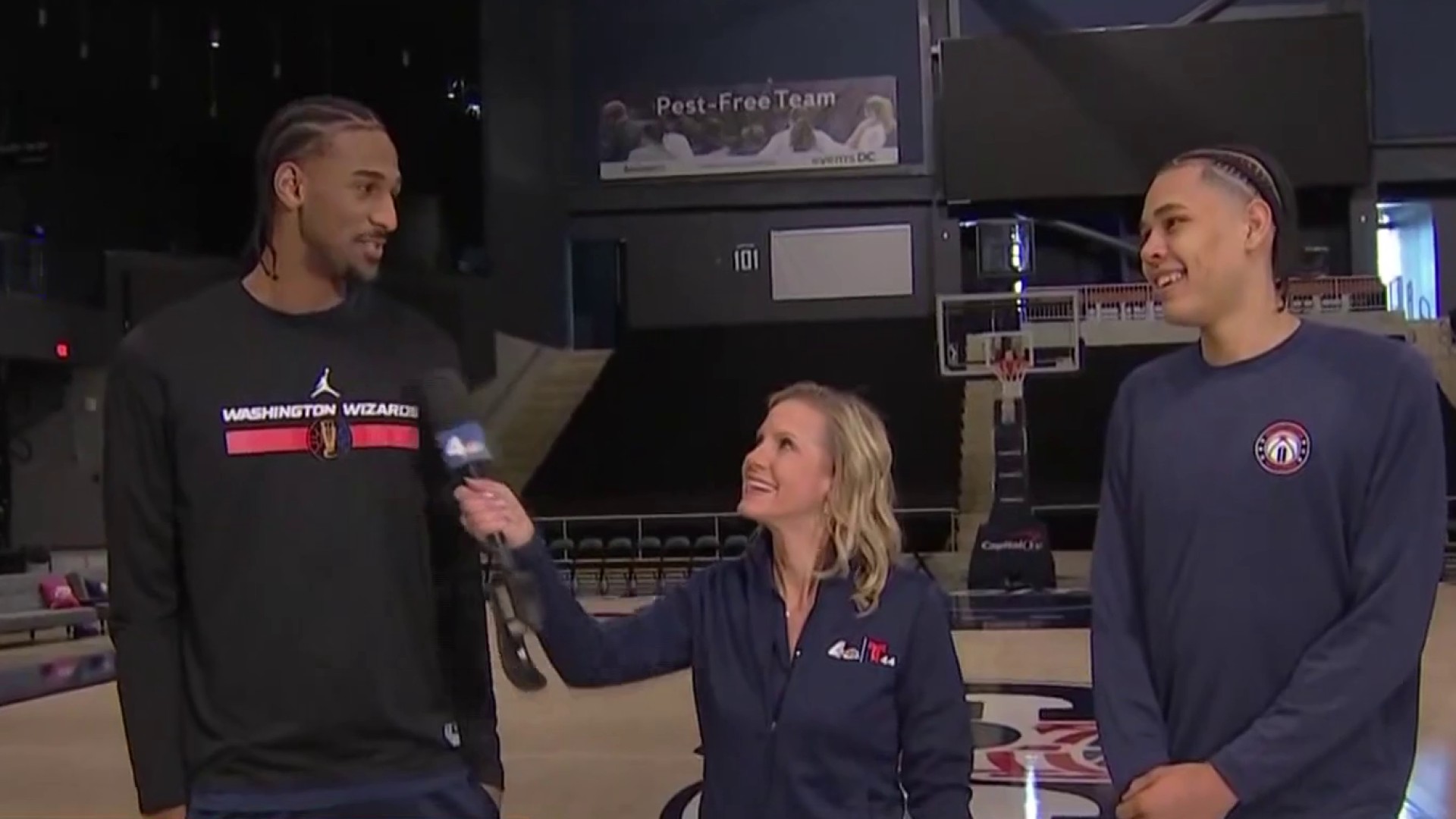Women's Final Four 2021: Guide with top players, updated bracket originally appeared on NBC Sports Washington
The women’s NCAA tournament is down to the Final Four teams. After a rocky start, in which athletes called out disparities in training-room access and COVID-19 testing between the women’s and men’s tournament, three front-runners are joined by a No. 3 seed in San Antonio this weekend.
Will Stanford, UConn or South Carolina bring home another trophy, or will Arizona cut down the nets for its program’s first-ever national championship?
We've got the news you need to know to start your day. Sign up for the First & 4Most morning newsletter — delivered to your inbox daily. Sign up here.
Before that question can be answered, let’s get to know this year’s Final Four teams a little better:
South Carolina (26-4)
The Gamecocks routed sixth-seeded Texas to reach their fourth Final Four under coach Dawn Staley. The Gamecocks’ defense held Charli Collier, Texas’ star forward and the prospective WNBA No. 1 pick, to only four points. That wasn’t the team’s best accomplishment, though: South Carolina didn’t allow the Longhorns to score a single point in the fourth quarter of the Hemisfair Region final.
Staley has the opportunity to lead her program to a second national championship (following South Carolina’s victory over Mississippi State in 2017) ahead of the Tokyo Olympics, where the Philadelphia native will coach the U.S. women's national basketball team in pursuit of its seventh straight gold medal.
Stanford (29-2)
The Cardinal, the tournament's top overall seed, trailed No. 2 Louisville by 14 points early in the third quarter of the Elite Eight before rallying for a 78-63 win. Lexie Hull led Stanford with 21 points in the Alamo Region final, while Dana Evans had 24 points for Louisville. Coach Tara VanDerveer passed Pat Summitt for the most wins in women’s college basketball history this season but is looking for her first national championship since 1992.
Stanford will bring its own defensive firepower to the Final Four matchup with stingy South Carolina. Anna Wilson was the co-Defensive Player of the Year in the Pac-12 this year, an accolade that didn't surprise her older brother, Seattle Seahawks QB Russell Wilson, who called her “a winner by nature.”
Arizona (20-5)
Adia Barnes led the Wildcats to their first Final Four in program history in just her fifth season as the head coach of her alma mater. Aari McDonald scored over 30 points in back-to-back victories over No. 4 Indiana in the Elite Eight and No. 2 Texas A&M in the Sweet Sixteen. Arizona, the No. 3 seed in the Mercado Region, will join three No. 1 seeds in the Final Four.
Barnes' senior season at Arizona in 1998 ended with a loss to UConn in the Sweet Sixteen. She will now lead her team in a national semifinal matchup against the Huskies.
UConn (28-1)
Geno Auriemma is familiar with playing on Final Four weekend, but UConn enters the game’s biggest stage surrounded in a cloud of controversy following their win Monday night over Baylor. The Huskies, who trailed by 10 points late in the third quarter before going on a 19-0 run, held on for the 69-67 win after a no-call on the game’s last possession.
Though UConn has made it to the Final Four 13 straight times, the team is looking for its championship since 2016.
What is the Final Four schedule?
The first national semifinal, between South Carolina and Stanford, is set to tip off at 6 p.m. on Friday, April 2.
The second national semifinal, between Arizona and UConn, is set to tip off at 9:30 p.m. on Friday, April 2.
When is the national championship game?
The women’s NCAA national championship game is set to tip off at 6 p.m. on Sunday, April 4.
Where will the Final Four be held?
All three Final Four games will take place at the Alamodome in San Antonio, Texas. Next year’s Final Four will be in Minneapolis, followed by Dallas (2023) and Cleveland (2024).
How can I watch the Final Four?
All three Final Four games will be aired on ESPN.
Who are the best players remaining in the NCAA tournament?
Aari McDonald (Arizona): A redshirt senior who transferred from Washington in 2017, McDonald chose to return to Arizona instead of opting in to the WNBA Draft in 2020. She averaged 20.3 points and 4.3 assists, plus 5.4 rebounds despite being only 5-foot-6, en route to being named Pac-12 Player of the Year and co-Defensive Player of the Year.
Kiana Williams (Stanford): Stanford starts four guards who are all threats to score, led by Williams’ 14.5 points per game and 3.0 assists per game. Lexie Hull came up big in the Louisville game with 21 points to help make up the Cardinal’s 12-point halftime deficit.
Paige Bueckers (UConn): Bueckers -- the first freshman ever to be named The Associated Press women’s basketball player of the year -- had 10 of the Huskies’ 19 points in the run that gave them the lead over Baylor in the Elite Eight. In her first NCAA tournament, Bueckers has averaged 22.5 points, 6.5 rebounds and 4.5 assists, but she hasn’t done it alone. Senior Christyn Williams has posted back-to-back games of 21 and 27 points while playing all 80 minutes.
Zia Cooke (South Carolina): On a Gamecocks team with very balanced scoring, Cooke has been consistent throughout the NCAA tournament, averaging 14 points per game. She was lights-out from 3-point range in the Sweet Sixteen, going 5-for-6.
Aliyah Boston (South Carolina): Boston’s scoring totals (13.1 PPG on the season) might not raise eyebrows, but the 6-foot-5 forward is a dominant defensive presence and double-double machine with 11.4 rebounds per game and 2.6 blocks per game. The Athletic named Boston their women’s basketball player of the year, and she is a finalist for the Naismith Women’s Player of the Year Award, along with Bueckers, Evans of Louisville and Kentucky’s Rhyne Howard


